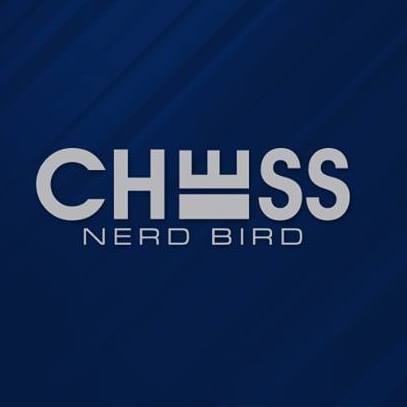Tactics, Strategy, Endgames, and then Practice
I have started a new study regimen which includes playing through lots of master games and the following books:
- Chess Tactics for Students by John Bain
- The Amateur's Mind by IM Silman
- Silman's Complete Endgame Course by IM Silman
- Chess by Laszlo Polgar
While I can claim that the tactics in the Bain book are really easy, I still have to stop and think on some of the puzzles so I am working through the chapters until I see the patterns in an instant. I am using Polgar's book to assist in seeing mating patterns, improving my visualization skills and seeing the coordination of pieces work together. Endgame book is evident what that is for. As far as The Amateur's Mind goes, I have read a lot of people not liking Silman's books for a multitude of reasons. I have to say that until last week I could never really grasp what he was trying to say and figure out how to apply it in my own games. Therefore, I probably fell into the same category of not "liking" his books.
I think one thing that I have read is that people take his words literally when he says, "DON'T look at individual moves! In fact, never calculate until you understand the basic components (imbalances) of the position." I feel that people think IM Silman is meaning this on every single move even if there is an obvious tactic glaring up at you. My understanding, which very well could be wrong, is that after you made sure there is no game winning tactic you should NOT calculate moves trying to determine your best plan/strategy in the position. Instead, after making sure you don't have a game winning tactic or that your opponent is not going to win material via tactics or checkmate you then you should understand what the position on the board is telling you before you calculate moves in your head. So far I have finished the initial chapter on imbalances, the chapter on bishops and knights as well as the chapter on the center and space. I have also tried to implement these ideas into my games. I have found that when there are no tactics in the position using the imbalance of knights and bishops or controlling the center of the board has made it easier for me to develop plans which have allowed me to develop my pieces easier and to better squares. I have also noticed that I am not making as many weakening pawn moves as well. In following the advice so far in The Amateur's Mind tactics have seemed to pop up out of nowhere and I have had better positions with what feels like little work.
To demonstrate I have included a game that I played tonight on ICC. I had more annotations in the game but for some reason they did not save.
